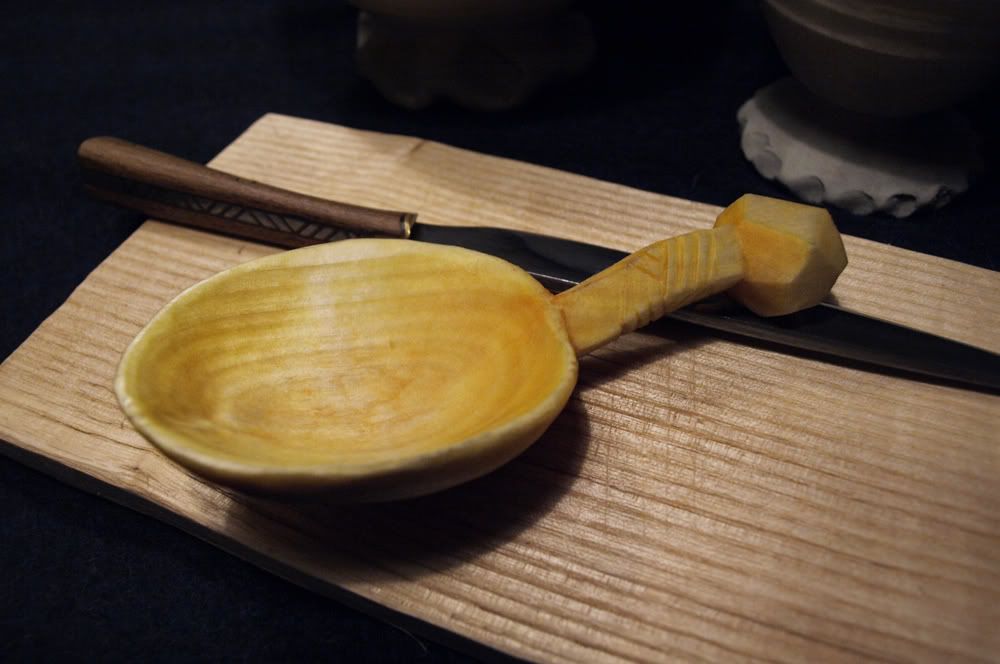So a couple of weeks ago I got the earge to dye and found the dryed mushroms in the basement.

I have never dyed with mushroms before and didn´t know how many grams to use for the 1 meter of fabric that I had. So this was kind of an experiment - to see how much colour the mushroms gave.The mushrom that I used is in danish called Cinnober-slørhat, and in latin Cortinarius cinnabarinus. It should give a redish colour which I was quite excited about since one of the only other plants that give red is madder.
Before dyeing I chopped the mushroms in to very small pieces and let them soak in water for 24 hours. Mikkel surgested this so that I could get as much colour out of the mushroms as possible. The colour soup became very red as you can see in the pictures and when the fabric went in it took in the colour very fast.

The result became much more dark in the colour than I had emagined but this was a very good result. I was very surprissed to see how close to madder the colouration really is.

There is some areas were you can see that the colourations is not perfekt. This might have something to do with a to small pot were the fabric wouldn´t more or/and that when I did the mordant I didn´t move the fabric enough. I used the colour soup for a secound time and was happy to see that this also gave some colour. I´m not sure that I´ll use the yarns for medieval things, but I can use it for knitting something moderne.
I´m really starting to want to dye again and thankfully I have some dryed plants in the basment. Now we just need the snow and frost to go away so that I can try my new modern gas cauldron that holds up to 60 liters.

